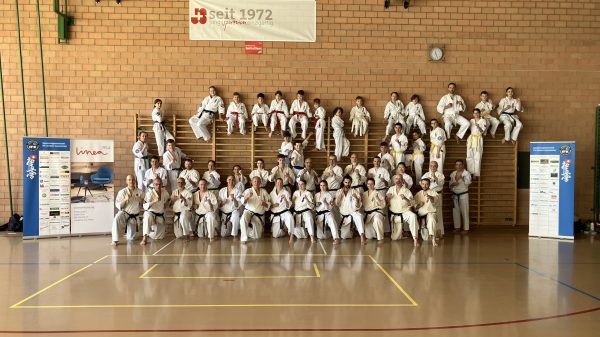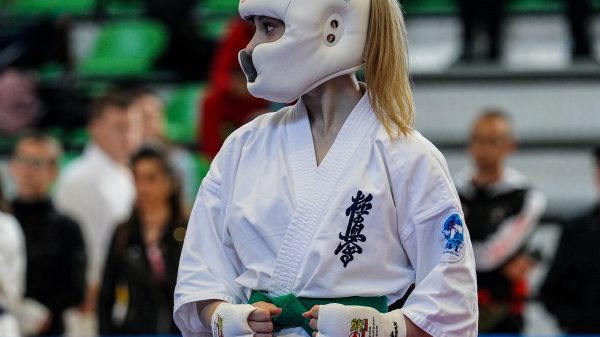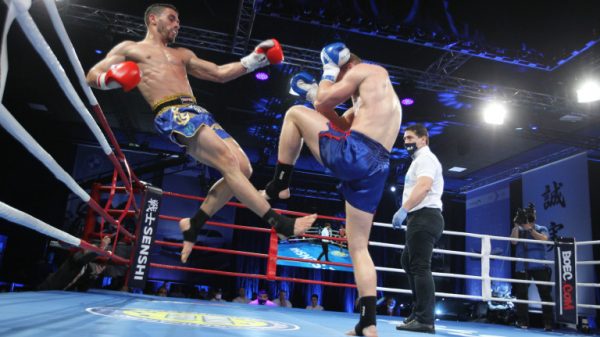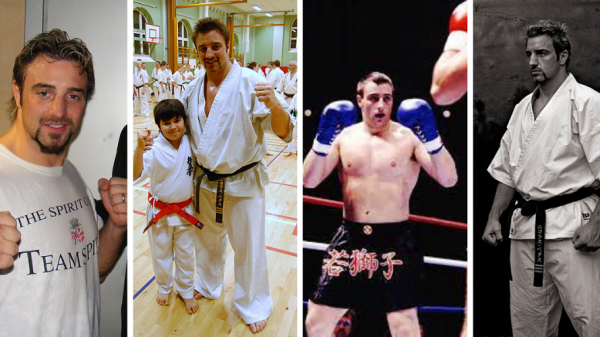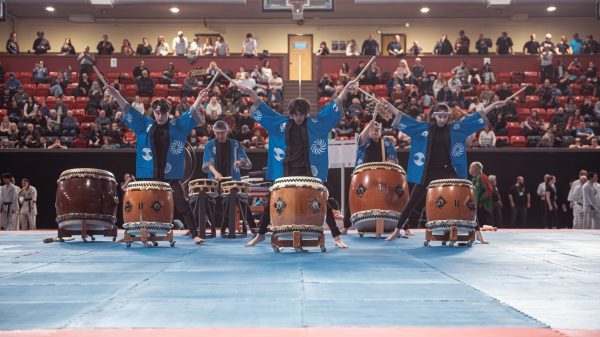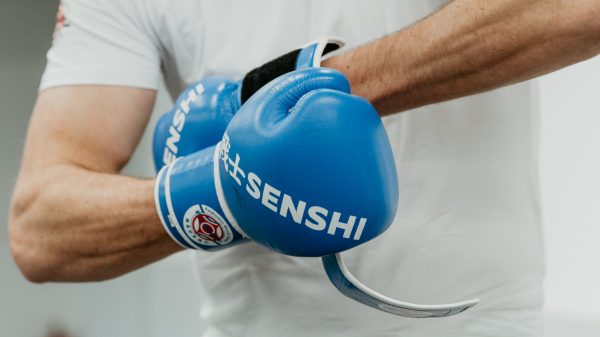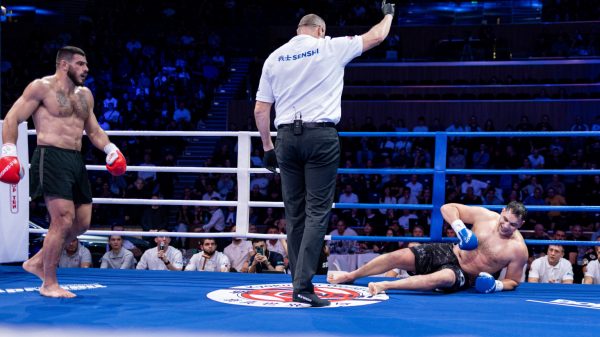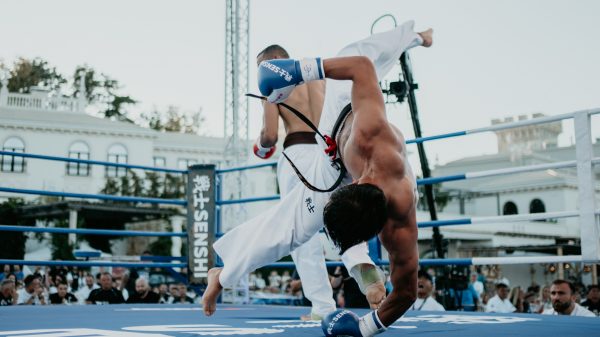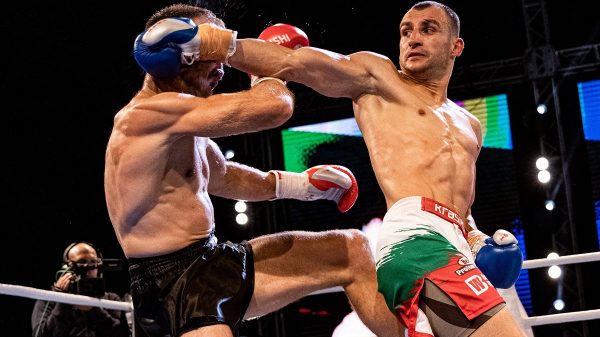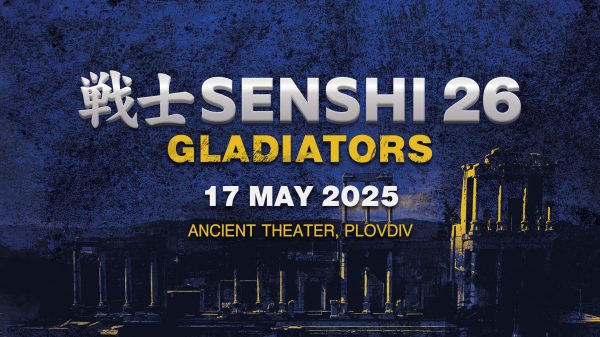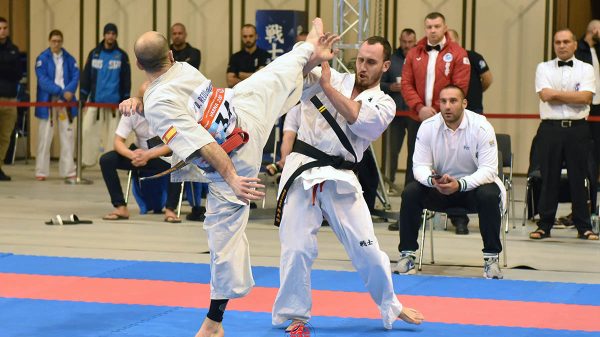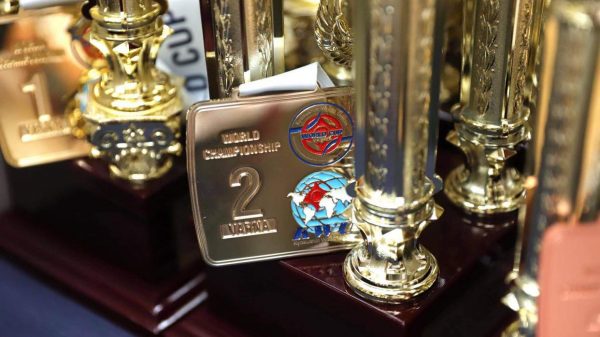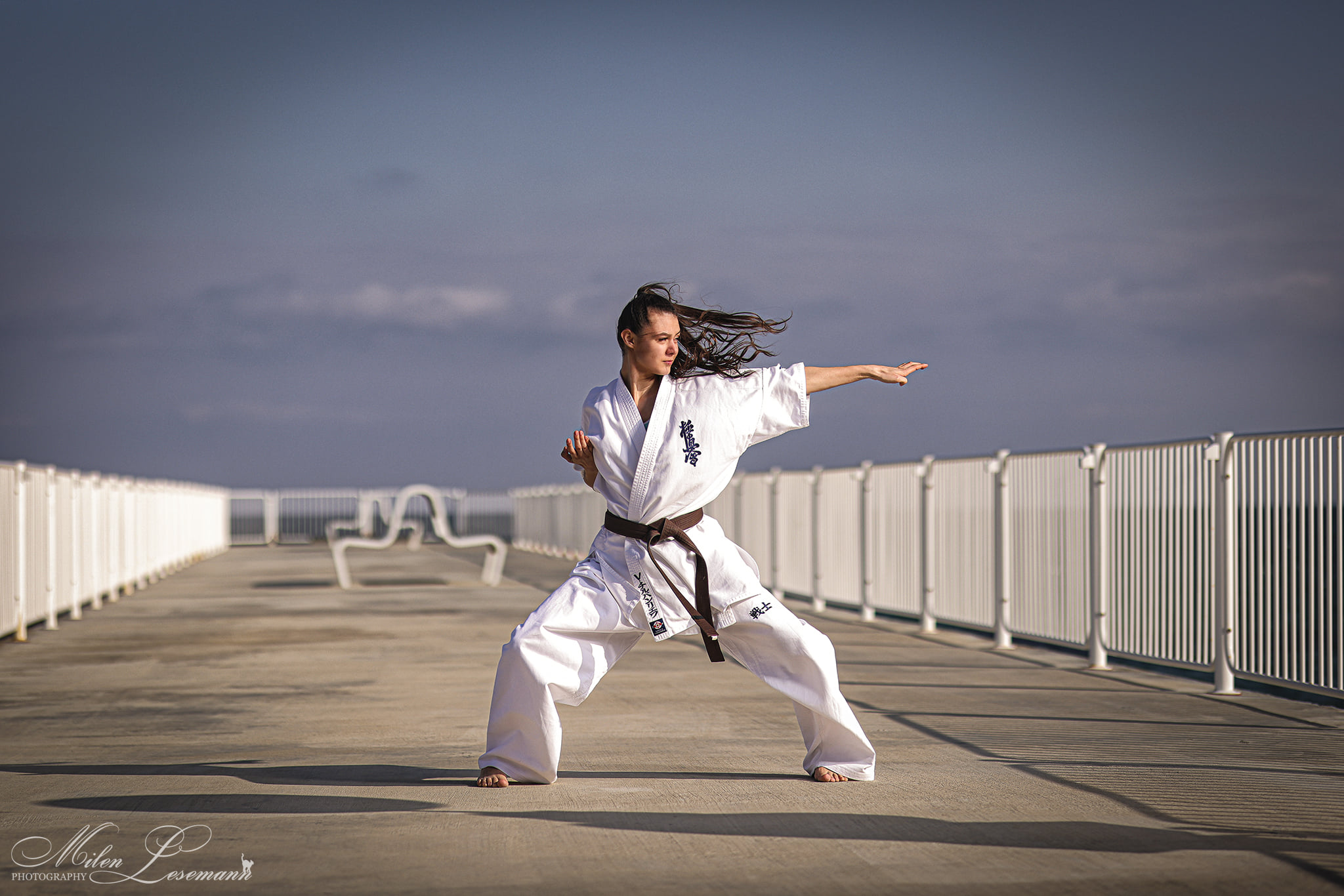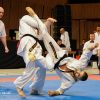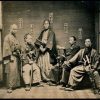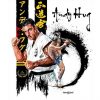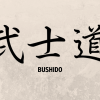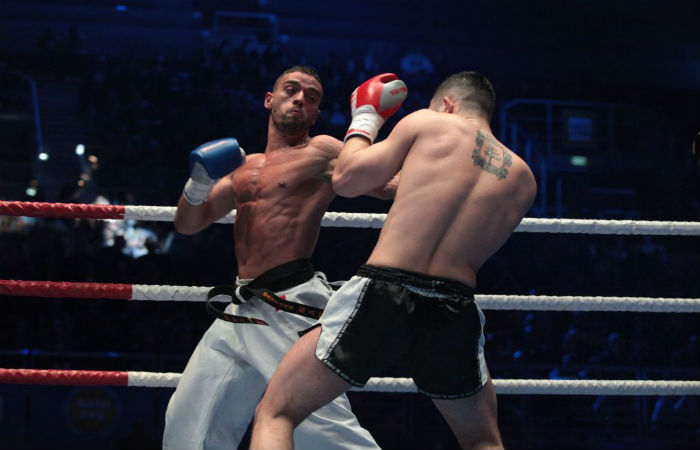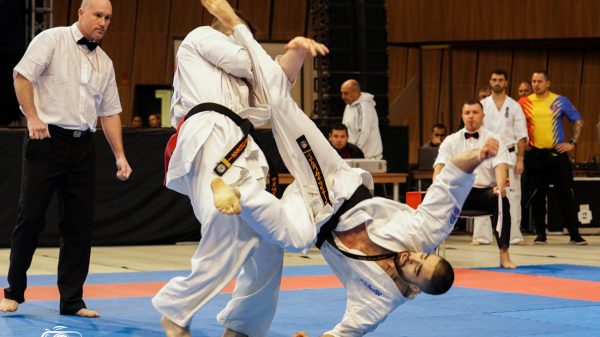The ridge hand strike, known for its explosive power and precision, has earned its place as one of the most iconic techniques in the martial art of karate. Rooted in the traditional training methods of the “Blood and Guts” era, the ridge hand is not just a technique; it’s a testament to the resilience, strength, and fierce determination of karate practitioners throughout history.
In this article, we’ll explore the origins and development of the ridge hand, its significance during the formative years of karate, and why it continues to be a vital part of modern karate training.
The Blood and Guts Era of Karate
Karate’s early years were defined by intense physical and mental conditioning, often referred to as the Blood and Guts era. During this time, karate practitioners were not only taught techniques but were also required to endure extreme challenges to build their toughness, endurance, and fighting spirit. The ridge hand, or tetsui, was a natural result of this rigorous training.
The ridge hand is a striking technique where the edge of the hand, just below the knuckles, is used to deliver a powerful blow. This technique is known for its versatility and effectiveness in both offensive and defensive situations. Its ability to strike with speed, precision, and power made it a favorite among seasoned martial artists.
The Anatomy of the Ridge Hand
Understanding the mechanics of the ridge hand is key to appreciating its legacy. The strike is executed with the outer edge of the hand, focusing on the use of the ulnar bone for impact. When performed correctly, the ridge hand can deliver devastating results, striking targets such as the temple, the jaw, or the ribs, with a speed that can catch even the most experienced opponents off guard.
Unlike other hand techniques, the ridge hand can be delivered at an angle that increases its power. The way the wrist is positioned and the arm is rotated allows for maximum impact. It’s this unique combination of power, speed, and precision that gives the ridge hand its legendary status in karate.
The Ridge Hand in Karate History
The ridge hand’s prominence grew during the Blood and Guts era, as martial artists trained in harsh conditions, often pushing their bodies and minds to their absolute limits. Early karate masters, such as Chojun Miyagi and Gichin Funakoshi, recognized the importance of integrating the ridge hand into the kata (forms) and kumite (sparring) practices.
The ridge hand’s inclusion in kata sequences served not only as a means to demonstrate technical proficiency but also as a symbol of the practitioner’s ability to strike with controlled power. As karate evolved, the ridge hand became a signature move in many styles, including Shotokan, Goju-Ryu, and Kyokushin.
Why the Ridge Hand Remains Timeless
Despite the evolution of modern martial arts, the ridge hand continues to be an essential technique for karate practitioners. Its continued relevance lies in its combination of effective striking ability and its deep connection to the traditional aspects of karate. The ridge hand is more than just a technique; it’s a direct link to the hard-hitting, no-nonsense philosophy that defined the Blood and Guts era.
As karate continues to adapt to contemporary challenges, the ridge hand remains a symbol of its roots, a reminder of the intense training, discipline, and resilience that shaped the martial art into what it is today.
The ridge hand is not just a strike; it’s a legacy. A legacy forged in the rigorous training halls of the Blood and Guts era, passed down through generations, and still very much alive in the practice of modern karate. It represents the undying spirit of martial artists who dared to push the boundaries of their physical and mental limits. Whether you are a beginner or a seasoned practitioner, the ridge hand is a technique that connects you to the rich history and tradition of karate.


